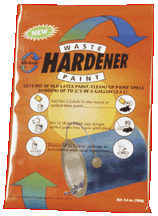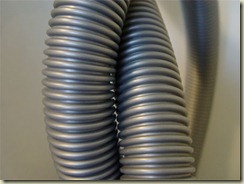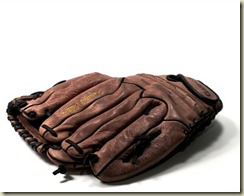Leather Care for your Car Interior by David Bynon Copyright (c), 2000, Autopia Car Care — All Rights Reserved
There are two important parts to caring for your leather interior: cleaning and conditioning. Since your leather interior is the most delicate surface of your car, it is necessary to clean and condition regularly in order to preserve it, protect it, and keep it smelling new. Whether you’re cleaning or conditioning, we recommend that you take one section at a time. This means, when you have applied your cleaner or conditioner to one area, fully wipe down that area then proceed to the next, and so on. This process ensures that you cover all areas thoroughly. Work on an area no larger than 2-3 square feet at a time.
HOW DO I CLEAN MY LEATHER?
Apply the leather cleaner of your choice one section at a time and work the solution into a nice lather. If your leather is heavily soiled, use an upholstery (interior detailing) brush. When finished be sure to remove all soap from the surface with a damp towel. Rinse and wipe several times, then dry the leather with a fresh, dry towel. By the way, water will not hurt your leather. Most leather is actually made (tanned) in water.
HOW OFTEN SHOULD I CLEAN MY LEATHER?
If you have a dark colored leather interior, we recommend 2-3 times a year. Light colored leather will need cleaning more often, even as much as every other month, depending on how easily the dirt is revealed. In between cleaning your leather (every other time you wash your car), use a clean damp towel to wipe down the surface completely. This removes the dust and light dirt so it won’t have a chance to work into your leather. There are two cleaning factors that cause leather to wear. The first is dirt and the second is oil from your skin. The oil from your skin is actually the most damaging to your leather. This is particularly true if you wear shorts or a tank top, and have recently applied lotion or sun screen to your skin. Take this into consideration, also, in determining your cleaning schedule.
HOW DO I CONDITION MY LEATHER?
Apply the leather conditioner of your choice on one section at a time using a soft a foam wax applicator. Work the conditioner in thoroughly. Allow the conditioner to sit (soak in) for a few minutes, then buff off the excess with a dry terry cloth towel. It’s important to buff off the excess. If you allow the excess to stay, your seats will be slippery. After a few minutes of soak time, your leather has taken in all the moisture it can. The remainder will simply evaporate, leaving that milky cloud on the inside of your windows.
WHY IS CONDITIONING MY LEATHER SO IMPORTANT?
Leather requires replacement of natural oils or it will dry out and crack. Conditioning helps to restore these natural oils and keeps the leather soft and supple. You will also find, particularly with the Zymol and Pinnacle leather conditioners, that the smell of the leather will be enhanced. Remember how your car smelled when it was new?
HOW OFTEN SHOULD I CONDITION MY LEATHER?
We recommend once every 30-45 days depending on the climate condition in which you live. If you live in a climate that is humid, you won’t have to condition as often as someone who lives in a dryer climate. A cold, dry winter in the East can deplete your leather of it’s moisture causing it to dry and crack just like a hot dry summer in the West.
WHAT PRODUCTS SHOULD I USE TO CLEAN MY LEATHER?
We recommend Lexol Spray Leather Cleaner and Pinnacle Leather & Vinyl Cleaner. Both work very well. Both are easy to use, and easy to rinse.
WHAT PRODUCTS SHOULD I USE TO CONDITION MY LEATHER?
We recommend Lexol Spray Leather Conditioner, Pinnacle Leather Conditioner, Eagle One, and Hyde Food.
David Bynon is a Howtocleananything.com forum expert. This and other car care information can be found at Autopia Car Care




